
BT 58A Wired Dynamic Supercardioid Vocal Review shure beta 58a – Oemiu
Shure Beta 58A Wired Dynamic Supercardioid Vocal Microphone Review: A Stage Standard
For decades, the Shure Beta 58A wired dynamic supercardioid vocal microphone has held a revered position in the audio industry. More than just a microphone, it’s a workhorse, a staple, a near-ubiquitous presence on stages and in studios around the world. Its reputation precedes it, but does it live up to the hype? This article delves deep into the heart of the Beta 58A, exploring its features, performance, durability, and overall value proposition. We’ll examine why this particular vocal microphone continues to be the preferred choice for countless singers, speakers, and audio professionals, even in an era overflowing with microphone options.
Unpacking the Shure Beta 58A: Design, Features, and Specifications
The Shure Beta 58A’s enduring appeal isn’t just about its sound; it also lies in its thoughtful design and robust construction. From the moment you hold it, there’s a sense of quality and reliability. The microphone features a hardened steel mesh grille, designed to withstand the rigors of live performance. This grille protects the internal components from damage, including the sensitive diaphragm, and also helps to reduce popping and breath noise. The Beta 58A boasts a supercardioid polar pattern, which provides excellent off-axis rejection, minimizing feedback and unwanted ambient noise. This is crucial in loud stage environments where sound bleed from other instruments can be a major problem. The body of the microphone is made from durable metal, providing a solid feel and further contributing to its overall ruggedness. The microphone is also equipped with an internal pneumatic shock mount system, which effectively minimizes handling noise and vibrations, ensuring a cleaner and more professional sound. The Shure Beta 58A wired dynamic supercardioid vocal microphone is not just a microphone; it’s a tool meticulously crafted for the demands of live sound. The absence of an on/off switch contributes to its reliability, eliminating a potential point of failure during critical performances. Its simplicity, combined with its robust design, is a key factor in its widespread adoption and lasting success. Many consider its durability and consistent performance to be just as vital as its sonic qualities.
Let’s delve deeper into some of the key specifications of the Shure Beta 58A. Knowing these specifications helps in understanding the microphone’s capabilities and its suitability for different applications.
| Specification | Value |
|---|---|
| Type | Dynamic |
| Polar Pattern | Supercardioid |
| Frequency Response | 50 Hz to 16 kHz |
| Output Impedance | 150 Ohms |
| Sensitivity | -51.5 dBV/Pa (2.6 mV) |
| Connector | XLR |
| Weight | 278 grams (9.8 ounces) |
The Supercardioid Advantage: Understanding Polar Patterns
The supercardioid polar pattern is a defining characteristic of the Beta 58A and a major contributor to its success in live environments. Unlike omnidirectional microphones that pick up sound from all directions, or cardioid microphones that are most sensitive to sound directly in front and somewhat sensitive to sound from the sides, a supercardioid microphone has a narrower pick-up angle. This means it primarily captures sound from directly in front, rejects sound from the sides, and has a small lobe of sensitivity at the rear. This directional focus offers several key advantages:
- Reduced Feedback: By rejecting sound from the sides, the Beta 58A minimizes the risk of feedback from stage monitors or other instruments.
- Improved Isolation: The focused pick-up pattern helps isolate the vocal performance, reducing the bleed of unwanted sounds like drums, guitars, or crowd noise.
- Enhanced Clarity: By minimizing ambient noise, the supercardioid pattern allows the vocal to stand out more clearly in the mix.
However, it’s important to note that the supercardioid pattern requires the singer to maintain a relatively consistent position in front of the microphone. Moving too far off-axis can result in a significant drop in signal level. Experienced vocalists often naturally adapt to this characteristic, making the most of the microphone’s directional properties. It’s a classic trade-off: increased isolation in exchange for stricter microphone technique. This also makes the choice of microphone stand and positioning all the more important. The benefits, especially in a chaotic live setting, are generally well worth the required adjustment.
Sound Quality and Performance: The Beta 58A in Action
The Shure Beta 58A isn’t just about durability and feedback rejection; it’s also about delivering a clear, powerful, and engaging vocal performance. Its frequency response is tailored to emphasize the key frequencies of the human voice, providing a crisp and articulate sound. The slight presence boost around 4 kHz helps the vocal cut through the mix, ensuring intelligibility even in dense musical arrangements. The low-frequency response is carefully controlled to minimize boominess and proximity effect, resulting in a balanced and natural sound. The microphone’s dynamic range is excellent, allowing it to handle a wide range of vocal styles, from delicate whispers to powerful screams, without distortion. The Beta 58A excels at capturing the nuances of vocal performance, making it a versatile choice for various genres, including rock, pop, country, and even spoken word. While some might argue that it lacks the ultra-smooth high-end of some condenser microphones, its strength lies in its consistency and reliability, particularly in challenging live environments. Many engineers and performers appreciate its predictable response and the ease with which it can be integrated into a mix. When considering a “desert island” microphone for live vocals, the Beta 58A is often at the top of the list. The Shure Beta 58A wired dynamic supercardioid vocal microphone has truly earned its place as a live performance standard.
While subjective, sound quality is paramount. To truly assess the Beta 58A’s performance, it helps to consider specific aspects of its sonic character:
- Clarity: The Beta 58A provides excellent vocal clarity, ensuring that words are easily understood, even in a loud band mix.
- Presence: The slight boost in the upper-midrange adds a “presence” to the vocal, helping it stand out without sounding harsh.
- Warmth: While not overly “warm” like some vintage microphones, the Beta 58A provides a sufficient amount of low-end body to give the vocal a full and natural sound.
- Dynamic Range: The microphone’s ability to handle both quiet and loud sounds without distortion makes it suitable for singers with a wide dynamic range.
- Off-Axis Rejection: As discussed previously, the supercardioid pattern contributes significantly to the overall sound quality by minimizing unwanted noise and feedback.
Comparing the Beta 58A to Other Popular Vocal Microphones
The microphone market is flooded with options, each with its own strengths and weaknesses. How does the Beta 58A stack up against some of its closest competitors? Let’s consider a few popular alternatives and highlight their key differences:
| Microphone | Type | Polar Pattern | Key Characteristics | Typical Applications |
|---|---|---|---|---|
| Shure Beta 58A | Dynamic | Supercardioid | Rugged, clear, feedback rejection, presence boost | Live vocals, loud stages |
| Shure SM58 | Dynamic | Cardioid | Industry standard, versatile, affordable | Live vocals, general-purpose |
| Sennheiser e935 | Dynamic | Cardioid | Detailed, smooth, warm | Live vocals, studio vocals |
| Audix OM5 | Dynamic | Hypercardioid | High gain before feedback, tight pattern | Loud stages, IEM users |
The Shure SM58, often considered the Beta 58A’s predecessor, is a cardioid dynamic microphone known for its versatility and affordability. While it may not offer the same level of feedback rejection as the Beta 58A, it’s a reliable choice for general-purpose vocal applications. The Sennheiser e935 is another popular dynamic microphone that offers a slightly smoother and more detailed sound than the Beta 58A. It’s a good option for singers who prefer a more refined vocal tone. The Audix OM5 is a hypercardioid dynamic microphone known for its exceptional gain before feedback. Its tight polar pattern makes it a good choice for singers who use in-ear monitors (IEMs) or perform on very loud stages. Ultimately, the best microphone for a particular application depends on the singer’s vocal style, the stage environment, and personal preference.
Durability and Reliability: Built to Last
Beyond sound quality, one of the most compelling reasons to choose the Shure Beta 58A is its legendary durability and reliability. This microphone is built to withstand the rigors of touring, frequent use, and even the occasional accidental drop. Its rugged construction and hardened steel mesh grille provide excellent protection for the internal components. The Beta 58A is known to withstand significant abuse without compromising its performance. Stories abound of Beta 58As surviving drops, spills, and even being run over by vehicles, only to continue working flawlessly. This robustness makes it a favorite among touring musicians, sound engineers, and rental companies who demand gear that can stand up to the demands of the road. The reliability of the Shure Beta 58A means fewer equipment failures during critical performances and lower long-term maintenance costs. While no microphone is completely indestructible, the Beta 58A is undoubtedly one of the toughest and most reliable vocal microphones available. This peace of mind is a significant advantage, especially in unpredictable live environments.
The Beta 58A’s durability isn’t just about physical resilience; it’s also about its consistent performance over time. The microphone’s dynamic element is known for its stability and resistance to changes in temperature and humidity. This means that the Beta 58A will sound the same night after night, regardless of the environmental conditions. This consistency is crucial for singers and sound engineers who rely on a predictable and reliable vocal sound. Furthermore, the Beta 58A’s simple design minimizes the number of components that can potentially fail. The absence of an on/off switch, for example, eliminates a common point of failure in other microphones. The Shure Beta 58A wired dynamic supercardioid vocal microphone is a true workhorse, designed to deliver consistent performance for years to come. It’s an investment in reliability and peace of mind.
Real-World Applications: Where the Beta 58A Shines
The Beta 58A’s versatility and durability make it suitable for a wide range of applications. Here are some common scenarios where this microphone excels:
- Live Vocal Performance: The Beta 58A is the quintessential live vocal microphone, perfect for rock, pop, country, and other genres.
- Public Speaking: Its clear and articulate sound makes it ideal for presentations, speeches, and conferences.
- Broadcasting: The Beta 58A can be used for on-air vocals in radio and television broadcasting.
- Recording: While not typically considered a primary studio microphone, the Beta 58A can be used for recording scratch vocals or capturing the raw energy of a live performance.
- Podcasting: Its durability and ease of use make it a good choice for podcasting, especially in less-than-ideal recording environments.
The microphone’s ruggedness and feedback rejection make it particularly well-suited for challenging live environments where sound levels are high and stage space is limited. Its consistent performance and ease of use make it a favorite among both seasoned professionals and aspiring performers. The Shure Beta 58A continues to be a top choice for vocalists in countless performance venues around the globe.
Frequently Asked Questions (FAQ)
What is the difference between the Shure SM58 and the Shure Beta 58A?
The Shure SM58 and Beta 58A are both dynamic vocal microphones designed for live performance, but they have some key differences. The most significant difference is their polar pattern. The SM58 has a cardioid polar pattern, while the Beta 58A has a supercardioid polar pattern. As discussed above, this means the Beta 58A offers better off-axis rejection and is less prone to feedback. Sonically, the Beta 58A generally has a slightly brighter and more detailed sound with a pronounced presence boost, while the SM58 has a warmer and more rounded tone. The Beta 58A is often preferred for louder stages or situations where feedback is a concern, while the SM58 is a versatile and more affordable option suitable for a wider range of applications. Ultimately, the best choice depends on the specific needs and preferences of the vocalist and the performance environment. Some people might prefer the familiarity and affordability of the SM58, while others might find the enhanced feedback rejection and clarity of the Beta 58A more suitable.
Is the Shure Beta 58A good for recording vocals in a studio?
While the Shure Beta 58A is primarily designed for live performance, it can be used for recording vocals in a studio setting, especially for specific purposes. It is not typically considered a primary studio microphone, as condenser microphones generally offer greater detail and sensitivity. However, the Beta 58A can be useful for recording scratch vocals, capturing the raw energy of a live band performance, or when a more aggressive and less polished vocal sound is desired. Its durable construction also makes it a good option for recording in less-than-ideal studio environments. If you’re aiming for a pristine, high-fidelity vocal recording, a condenser microphone is generally the better choice. But the Shure Beta 58A wired dynamic supercardioid vocal microphone can offer a unique and characterful vocal sound that complements certain genres and styles. It should be considered more of a “specialty” microphone for recording vocals than an all-purpose studio workhorse.
How durable is the Shure Beta 58A?
The Shure Beta 58A is renowned for its exceptional durability and ruggedness. It’s built to withstand the rigors of live performance and frequent use. The microphone features a hardened steel mesh grille that protects the internal components from damage. The body is constructed from robust metal, further enhancing its durability. The Beta 58A is known to withstand drops, impacts, and even exposure to moisture without compromising its performance. Many users have reported their Beta 58As surviving significant abuse and continuing to function flawlessly for years. This durability makes it a favorite among touring musicians, sound engineers, and rental companies who need equipment that can withstand the demands of the road. While no microphone is completely indestructible, the Beta 58A is undoubtedly one of the toughest and most reliable vocal microphones available, making it a long-term investment.
What type of microphone is the Shure Beta 58A?
The Shure Beta 58A is a dynamic microphone. Dynamic microphones are known for their ruggedness, ability to handle high sound pressure levels (SPL), and relatively simple construction. Unlike condenser microphones, which require external power (phantom power) to operate, dynamic microphones generate their own signal through electromagnetic induction. This makes them ideal for live performance situations where power sources may be limited or unreliable. The Beta 58A’s dynamic element contributes to its durability and its ability to withstand loud sound sources without distortion. Dynamic microphones are also generally less sensitive than condenser microphones, which can be an advantage in noisy environments. Choosing a dynamic or condenser microphone usually is based on the specific recording environment or performance style.
What is the frequency response of the Shure Beta 58A?
The frequency response of the Shure Beta 58A is 50 Hz to 16 kHz. This range indicates the frequencies that the microphone is capable of capturing. The Beta 58A’s frequency response is tailored to the human voice, with a slight presence boost in the upper-midrange to enhance clarity and articulation. The low-frequency response is controlled to minimize boominess and proximity effect. While the Beta 58A’s frequency response doesn’t extend as high as some condenser microphones, it is well-suited for capturing the key frequencies of the human voice, providing a clear and intelligible sound. Understanding a microphone’s frequency response can help in matching the microphone to specific vocal styles and instruments to get the best possible recording or live performance. Knowing that the Beta 58A frequency range falls within this band can help make it a first choice in a crowded and noisy live environment.
Does the Shure Beta 58A require phantom power?
No, the Shure Beta 58A does not require phantom power. It is a dynamic microphone, and dynamic microphones generate their own signal through electromagnetic induction. They do not need an external power source to operate. Condenser microphones, on the other hand, typically require phantom power, which is a DC voltage supplied by a mixing console or audio interface. This makes the Beta 58A convenient for live performance situations where phantom power may not be available or reliable. It also simplifies setup and reduces the risk of accidentally damaging the microphone by applying phantom power incorrectly. The self-powered nature of the Beta 58A adds to its versatility and ease of use in a variety of settings. This is also a huge benefit for simpler stage set-ups and less experienced sound engineers.
Is the Shure Beta 58A worth the investment?
Whether the Shure Beta 58A is worth the investment depends on your specific needs and priorities. If you’re a vocalist who performs live on a regular basis, especially in loud environments, the Beta 58A is likely a worthwhile investment. Its durable construction, excellent feedback rejection, and clear vocal sound make it a reliable and versatile tool for live performance. If you primarily record vocals in a studio setting, you may want to consider a condenser microphone for its greater detail and sensitivity. However, the Beta 58A can still be a useful addition to your microphone collection for specific recording applications. The Shure Beta 58A wired dynamic supercardioid vocal microphone offers a good balance of performance, durability, and value. Its ruggedness and consistent sound make it a long-term investment that can withstand the rigors of live performance and provide years of reliable service. Many consider the Beta 58A an essential piece of gear for any serious vocalist or sound engineer.

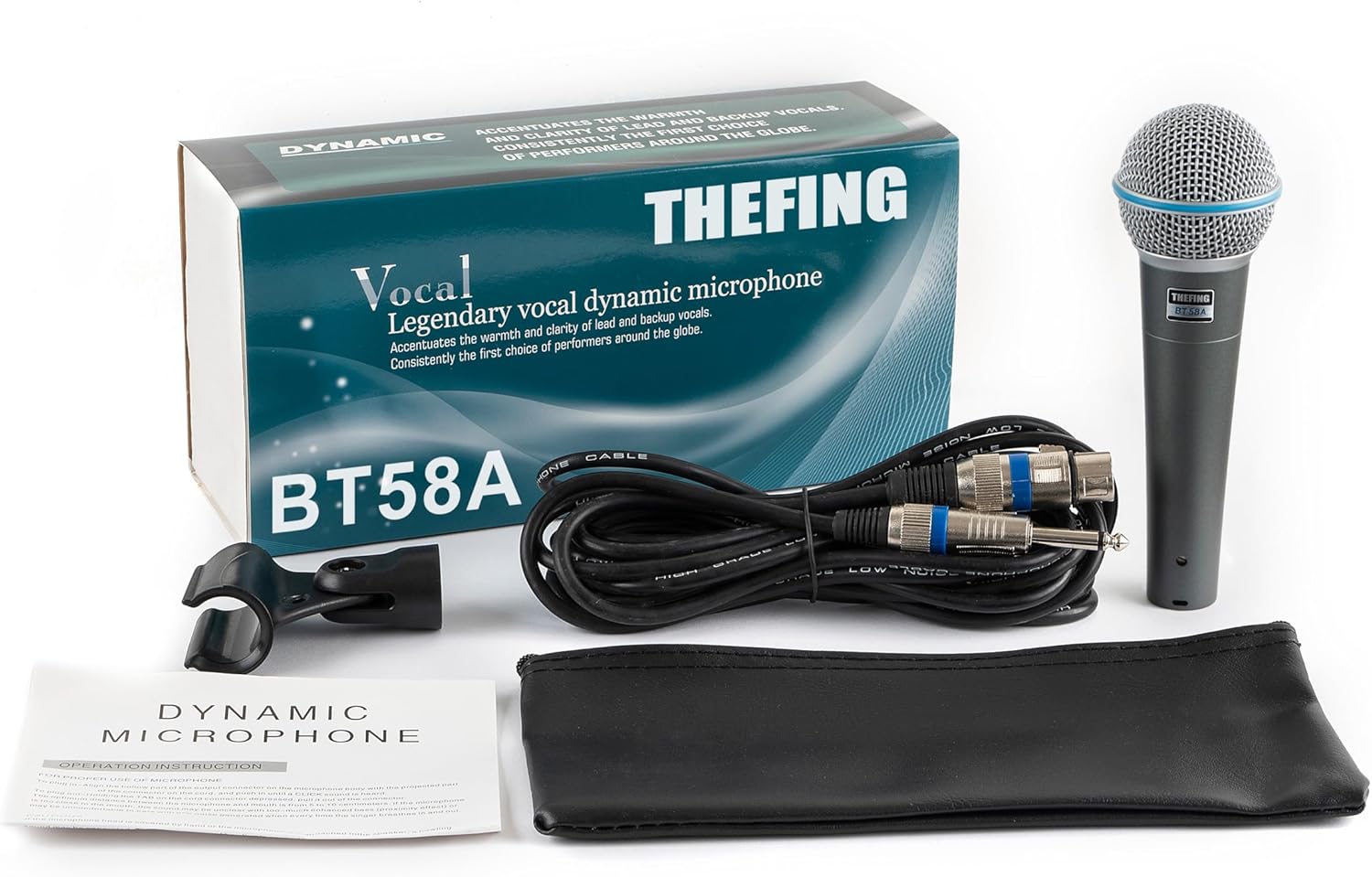
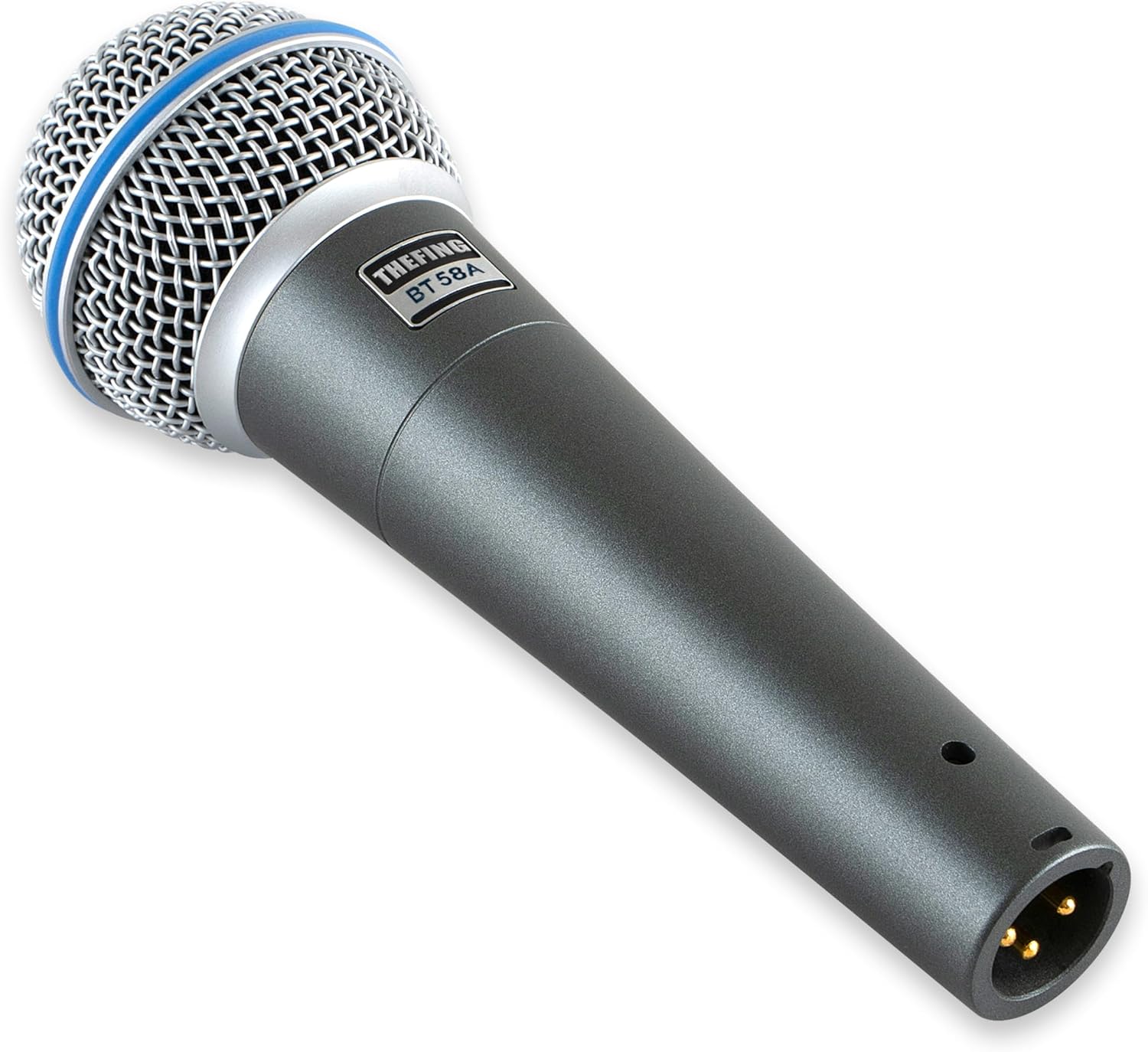
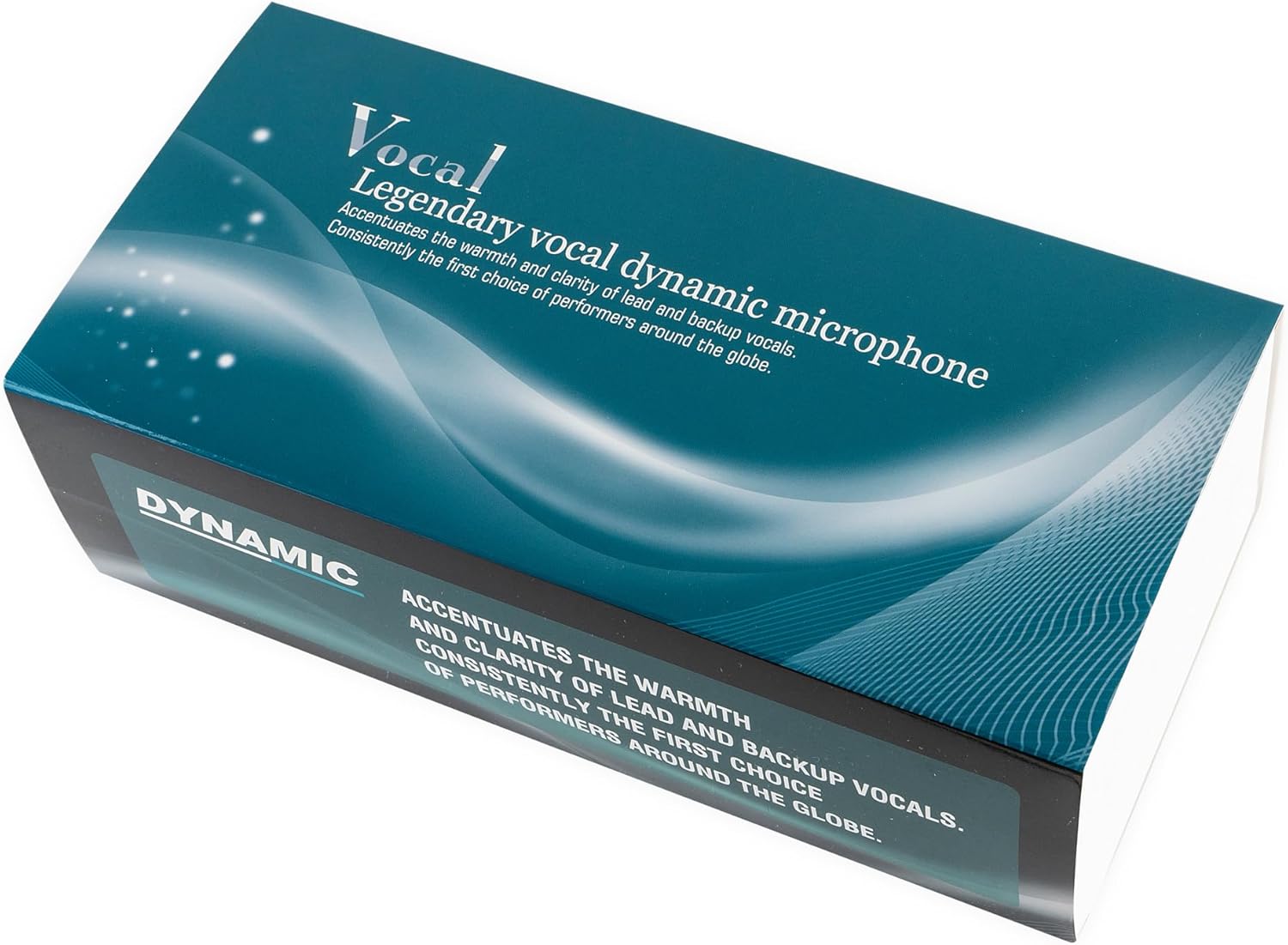
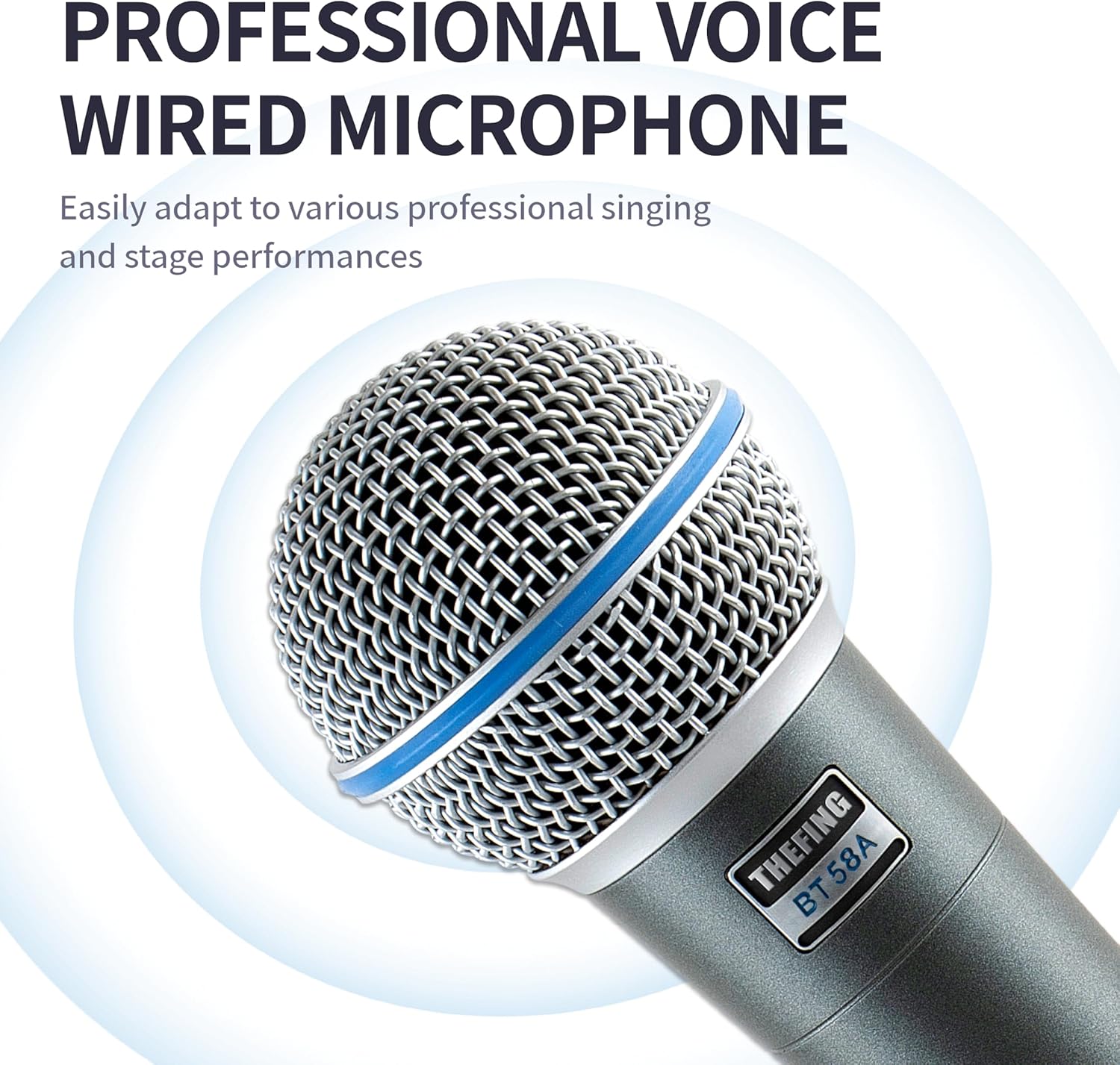
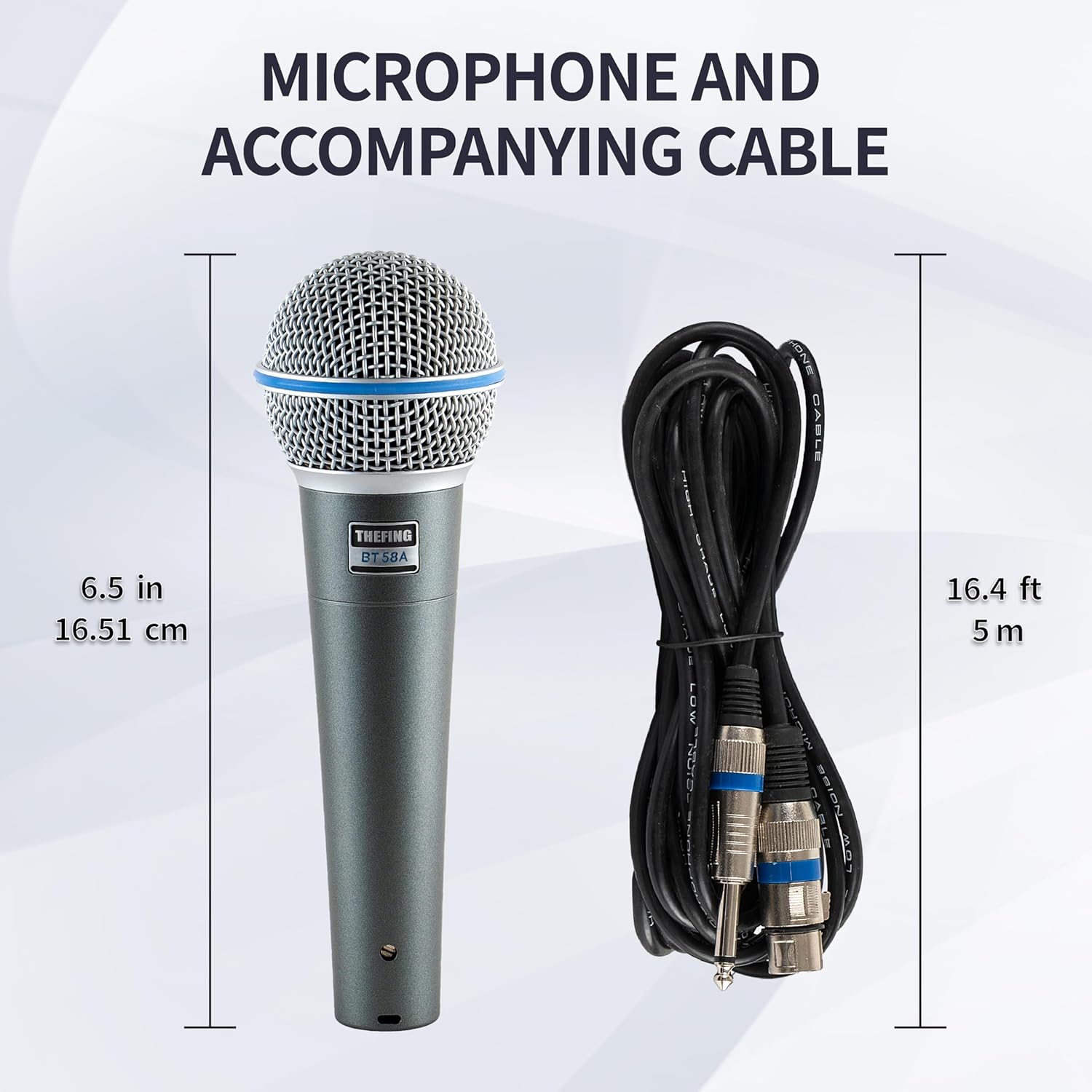
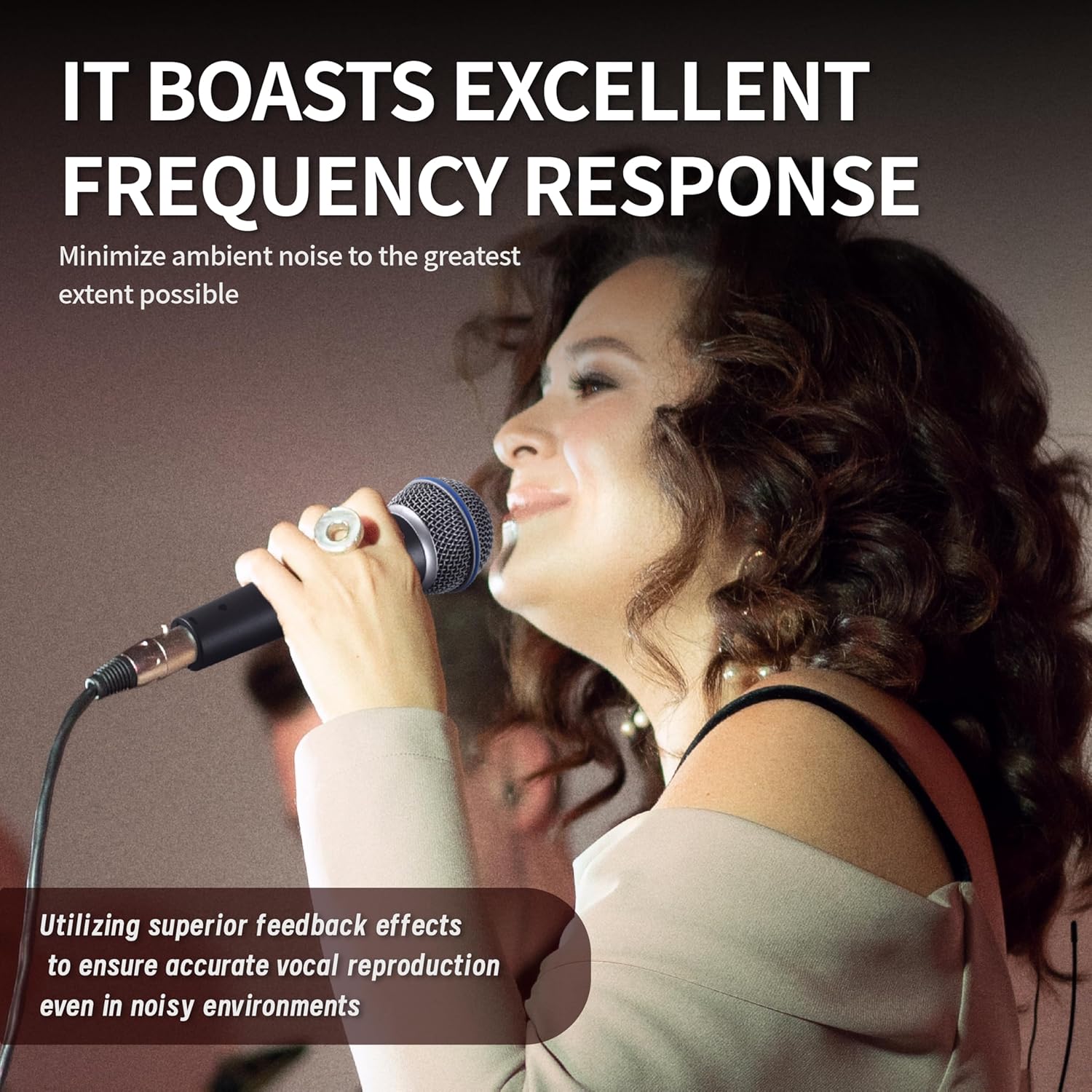
Price: $21.99 - $26.80
(as of Sep 06, 2025 12:08:23 UTC – Details)




